A Guide to Effective Pregnancy Exercises for Normal Delivery
Pregnancy is an incredible journey, full of exciting changes and new experiences. While the human body is remarkably designed to carry and deliver a child, there are steps you can...





























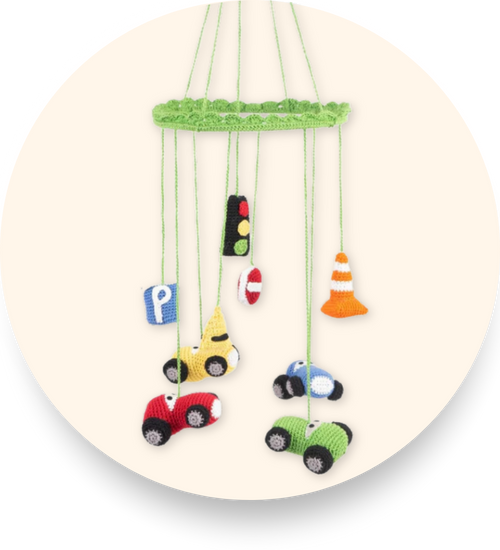




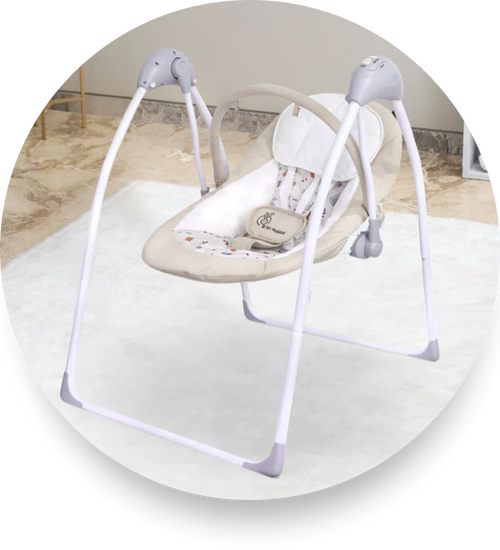

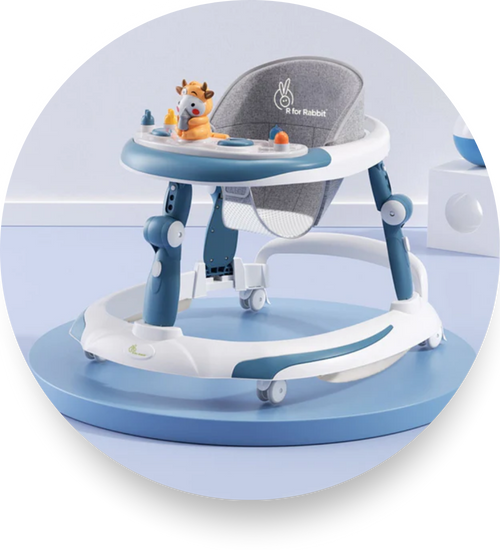
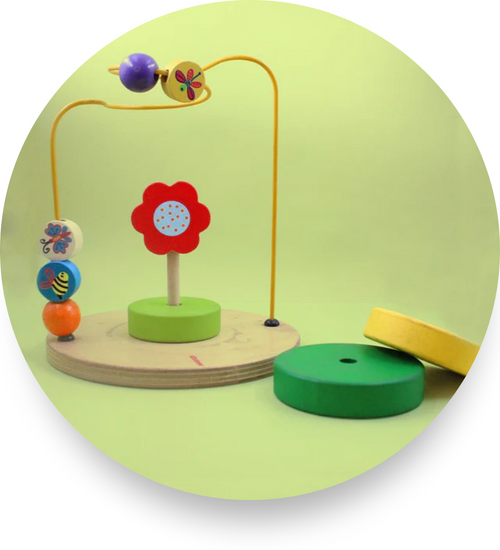
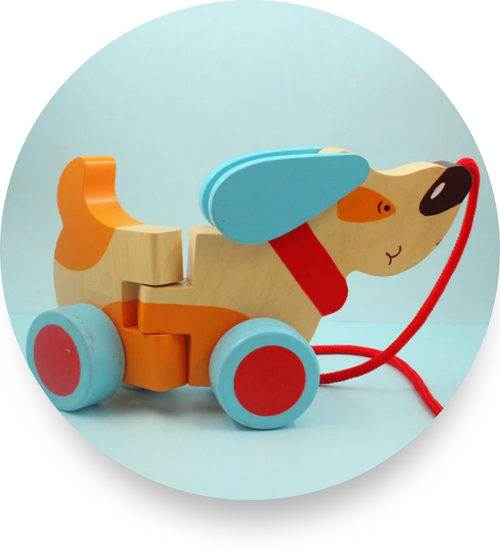
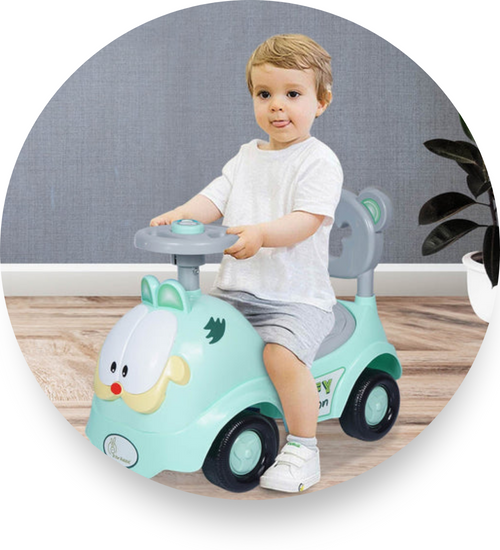
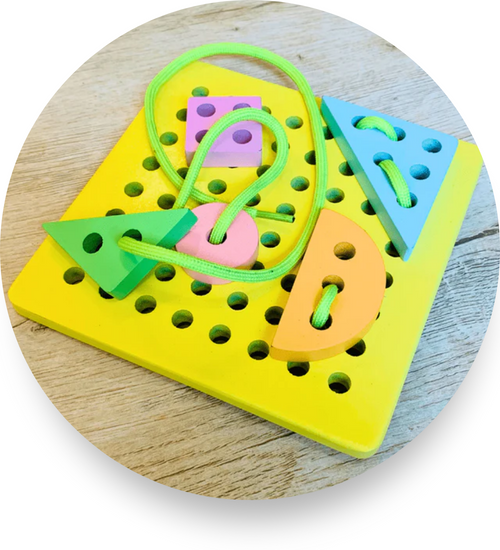
Pregnancy is an incredible journey, full of exciting changes and new experiences. While the human body is remarkably designed to carry and deliver a child, there are steps you can...

Pregnancy is an incredible journey, full of exciting changes and new experiences. While the human body is remarkably designed to carry and deliver a child, there are steps you can take to help make the process a little smoother. Enter pregnancy exercises - your secret weapon for a healthy, empowered delivery. From gentle pregnancy yoga to strengthening pelvic floor muscles, each movement is carefully tailored to support you and your baby every step of the way.
So, slip into your favorite comfortable track pants, and let's get started on crafting a pregnancy exercises at-home routine that will have you feeling strong, confident, and ready to welcome your little one into the world.
Antenatal exercises, or pregnancy exercises, are crucial because they help keep you and your baby healthy during pregnancy. These exercises make your body stronger and more flexible, which can ease discomfort like backaches and swollen ankles. They also prepare your body for childbirth by strengthening important muscles. Plus, exercise can boost your mood and help you sleep better. Overall, antenatal exercises are an essential part of staying healthy and feeling good during pregnancy.
Preparing for a smooth delivery? Check out these safe and effective exercises for normal delivery for expectant mothers.
Prenatal yoga is like regular yoga but made just for pregnant women. It's gentle and helps with flexibility, balance, and strength. This kind of yoga for pregnant women also helps you relax and feel less stressed. When doing prenatal yoga, wear loose, comfortable clothes like track pants and a T-shirt. These let you move freely and stay relaxed during your practice.
Pelvic floor exercises, or kegel exercises for pregnancy, are simple workouts for the muscles that support your bladder, uterus, and bowel during pregnancy and childbirth. Doing these pregnancy exercises at home regularly can help prevent leaks and make pushing during labour easier.
Walking is a simple and effective physical activity while pregnant. It is low-impact and can be done throughout pregnancy, providing a good cardiovascular workout while also helping to improve posture and balance. Walking can also help to reduce stress and improve mood.
Swimming is an excellent exercise for pregnant women because it is low-impact and puts minimal stress on the joints. It can help to improve cardiovascular fitness, increase muscle tone, and reduce swelling in the legs and feet. Swimming is also a great way to stay cool and comfortable during workouts while pregnant.
Prenatal Pilates is a form of exercise that focuses on strengthening the core muscles, including the abdominal and pelvic floor muscles. It can help to improve posture, balance, and flexibility, and may also help to reduce back pain and other common pregnancy-related discomforts.
Using a stability ball during pregnancy can be a great way to challenge your balance and core strength. Exercises with a ball can include pelvic tilts, ball squats, and ball crunches. These pregnancy exercises for third trimester can help to improve posture, reduce back pain, and prepare the body for childbirth.
Exercising during pregnancy is generally safe and beneficial for both you and your baby. It can help you feel better, stay healthy, and prepare your body for childbirth. Just like eating well and getting enough rest, exercise is an important part of taking care of yourself during pregnancy. However, it's essential to talk to your doctor before starting any new pregnancy exercises at home routine to make sure it's safe for you and your baby. They can give you personalized advice based on your health and pregnancy. Once you get the green light, try to aim for gentle activities like walking, swimming, or prenatal yoga. Listen to your body, take breaks when you need them, and avoid any pregnancy exercises that feel uncomfortable or too strenuous. As long as you're careful and listen to your doctor's advice, exercising during pregnancy can be a great way to stay healthy and feel your best.
Yes, exercising during pregnancy is generally safe and beneficial for both you and your baby. Here are some important things to keep in mind for each trimester:
Prioritizing safe and effective pregnancy exercises can greatly improve your chances of a smooth delivery. By incorporating the right exercises into your routine, you not only promote your own health but also enhance your baby's well-being. Remember, always consult with your healthcare provider before beginning any antenatal exercise program, and listen to your body's cues throughout your pregnancy journey.
As you prepare for the arrival of your little one, don't forget about your comfort and style! Check out our Mom Store for a fantastic selection of maternity clothes at The Mom Store designed to make your pregnancy journey easier. From supportive basics to trendy outfits, we have everything you need to feel confident and comfortable throughout your pregnancy. Take a browse today and embrace your bump with ease.
Low-impact antenatal exercises like walking, swimming, and prenatal yoga are generally safe. These activities help maintain fitness without putting too much stress on your body or your baby.
You can start pregnancy exercises as soon as you get the green light from your healthcare provider, usually in the first trimester. It's important to start slowly and gradually increase intensity as your pregnancy progresses.
Prenatal exercises that focus on strengthening your core muscles, pelvic floor, and overall endurance are beneficial for normal delivery. Some good options include prenatal yoga, pelvic tilts, Kegel exercises, and squats. These exercises can help prepare your body for childbirth and may even ease labour pains.
Your cart is currently empty.
Start Shopping